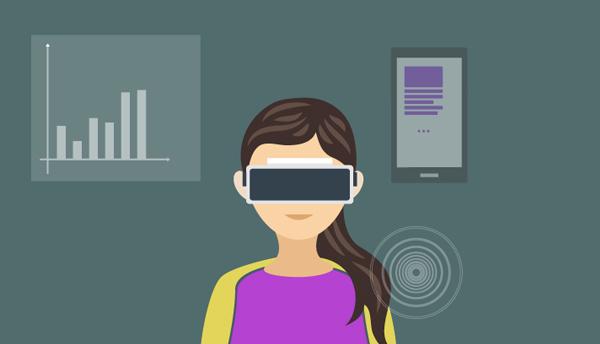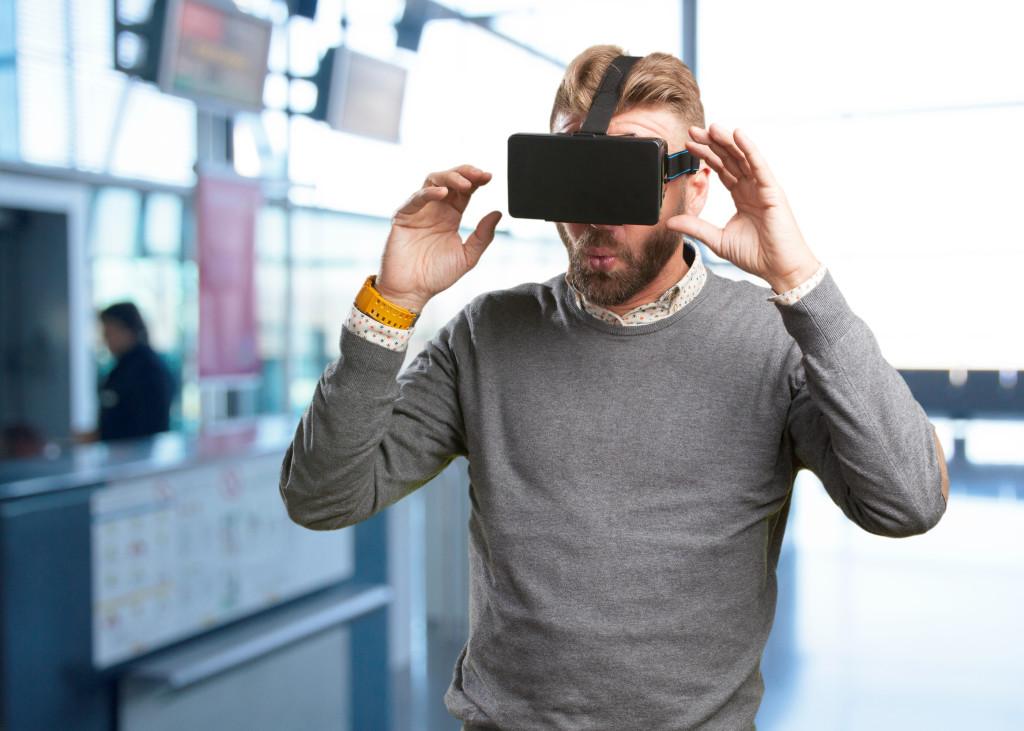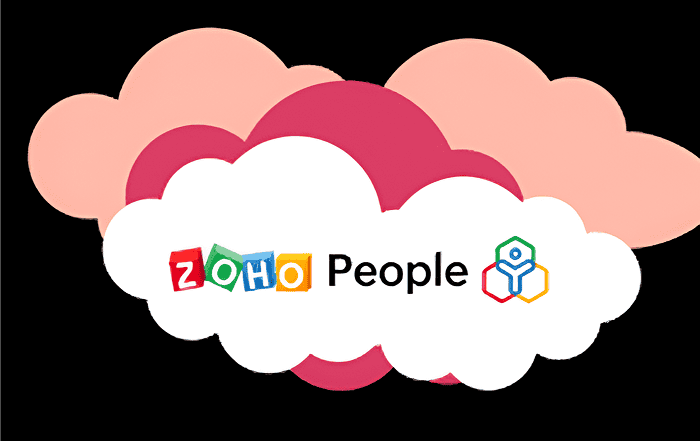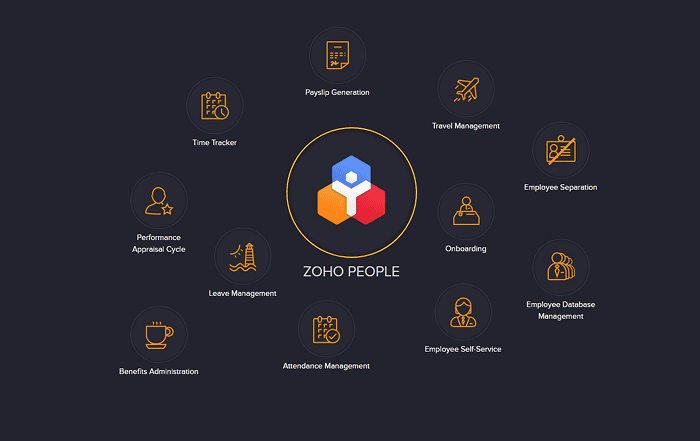
Familiarity with VR
By now, you don’t have to be a tech geek to be familiar with Virtual Reality and its influence to modern living. But just in case, probably the shortest and simplest explanation about VR you’ll ever get is that Virtual Reality is a computer generated environment that enables you to experience a different reality.
How VR works
By using several software technologies that generate realistic images, sounds and other sensations, combined with hardware devices (display screens, goggles and headsets), VR replicates a real environment, creating a certain imaginary setting. Through simulating a user’s physical presence in a given environment by looking around and moving around in it and enabling him to interact with the space, creating artificial sensory experiences like sight, touch, hearing it opens up a new, never before explored dimension of user experience.
By now, VR comes in several different forms to choose from – the cheap headsets that work with your phone or the much more expensive options that require a powerful PC or gaming console and some space to move around. Whichever you choose, the VR set will visually separate you from the space you are physically in and take you to the places you’ve always wanted to visit; it will engage you in a video game without moving from your couch or let you experience a movie as if you are part of it.
How can VR help in easier living?
Having all things in mind, the big question inevitably pops up: So, with such power, how can the VR help people in making their lives easier. Well…. It kinda does…
“Architecture: Trends come to a time where architecture becomes virtual before it comes real. Nowadays, users can step inside a virtual building, look around in all directions, walk into rooms, climb stairs or even walk along the edges of an under-construction building. In design process, architects also use VR to visualize or choose the finishing options like wood, stone, marble, and bronze… In one word, users can explore any building around the world, inside or out, including the ones that don’t yet exist… This is both terrifying and extremely useful and practical at the same time, making it easier for the user to understand and have a clear image very quickly.
“Health care and Medicine: Medical VR is an area with fascinating possibilities and its benefits are truly versatile. VR simulations can be an effective treatment for everything from intense pain to Alzheimer’s disease to arachnophobia to depression. How it works: basically, the worst pain can be eased by manipulating the human mind: the less you focus on pain, the easier it feels. Hence, swamping the brain with an overload of sensory inputs and distracting the patients from reality helps them with their pain.
Whoever has gone through a hospital experience, surely knows that it can be really stressful. Moreover, this can also be a mental burden, especially for small children who miss their parents, their friends or their home. Thus, VR can make hospitalized children feel like they’re at home.
There many other useful practices of VR such as watching or performing operations, relaxing chronic patients, meditation, rehabilitation and speeding up recovery for patients who survived a stroke or a traumatic brain injury, treatment for PTSD, etc. More recently, hospitals are using VR simulations to help war veterans reviving the traumatic events they’ve experienced, in order to understand their traumas and hopefully figure out a way to deal with it.
“Art and History: Believe it or not, the Louvre is one of many museums providing a unique Virtual Experience tour. Becoming an enormously high-rising trend, more and more galleries and museums are using it and creating engaging and one-of-a-kind experience tours for their visitors. Whether being high resolution artworks, 360 degrees of panoramic painting views and full exhibits, journeys through ancient temples, reconstructed versions of archaeological sites, or imagery explanation of history and heritage – the VR can bring something to people that no longer exists, even reconstruct in its original form. This is making it possible for them to experience a favorite place over and over again, in an entirely different way.
“Gaming: Obviously, today video games are one of the main interests for VR. Especially that VR will give game designers the freedom to take gamers to previously unexperienced levels. Now that players can reach out and touch things or turn their head to look, instead of mastering a complex controller, a unique gaming experience and feeling as being inside of the game is possible for the first time in history.
“Tourism and Lifestyle: Virtual tourism can be the next big thing. Thanks to VR now everybody could travel and visit Paris, Barcelona, New York… But why stop there? The possibilities are endless, we can conquer Mars, or even planets outside of our solar system. We can swim along whales at the bottom of the ocean, experience stampedes in the savannas, and climb the Himalayas, everything from the comfort of your home. Whether watching a 360-degree video someone took, or experiencing a 3D generated simulation, you can now replace the real world with your dream place or destination of choice.
“Education: Another great and very important advantage of VR is of course in education.
Now, thanks to Virtual Reality students could take a class trip to ancient Rome, visit Verona to look at the setting for Shakespeare’s Romeo and Juliet or try an open-heart surgery without any risks. This global distribution of VR content and access will undoubtedly influence a pedagogical shift as these new technologies spread out and become more available. Some forward-thinking educators are even using 3D printers to print their own customized HMDs with their technology students.
Are there any Social aspects of VR?
But, here comes the psychological question: How being “virtually present in an artificial environment” can improve social relations? At this point, the future of virtual reality is often publicized as a dystopian view of millions of people spending hours alone each day, with huge gadgets stuck to their face, enraptured by fantastical, imaginary worlds.
If we look the other way around, it is going to be millions of people spending time together with friends, family, colleagues, and new acquaintances, experiencing moments together no matter the physical distance between them. Or in other words, no matter where on the globe, you’ll be able to be in the same room as your friends or family.
As we speek, the social platforms are implementing the VR into their content management. Just yesterday Facebook launched the 360 degree video for Facebook Live, which will sooner or later enable all users of the social platform to create even more immersive real-time content, and is the the next step towards social in virtual reality.
So, what we’ve learned so far:
Having recently experienced an amazing HTC Vive in-person, VR is definitely integrating the physical and digital. It brings people into the same environment to hang out, while enjoying different activities. It is giving participants superpowers or putting them into even more fantastical, immersive environments, unable to experience IRL. While you’re in VR, you are completely separated from reality, which only confirms with the seeing is believing philosophy.
Our practice:

We at Codelattice, are extremely proud to be part of the VR development, helping industries, social researches and bringing closer the new innovative technologies to people every day.







